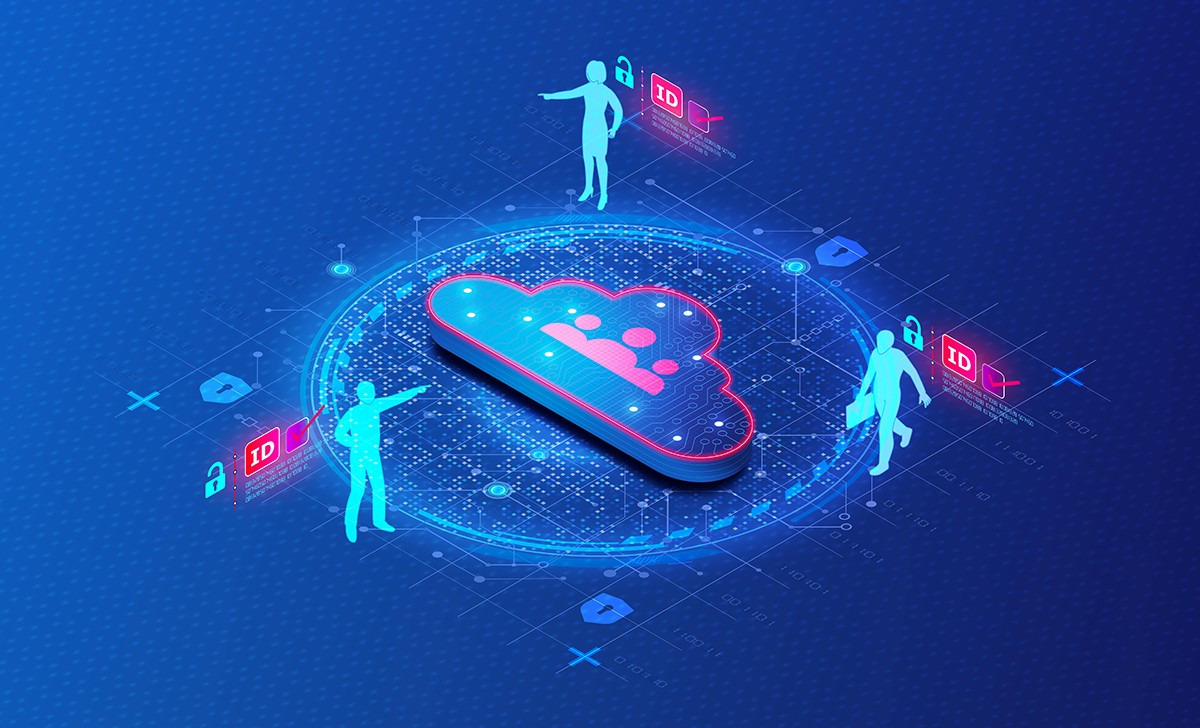
Understanding Blockchain

Businesses in the thralls of undergoing a digital transformation might be on the fast track to enabling their operations, improving their customer experience, and preparing for the future, but they should start educating themselves on the takeover of Blockchain. In fact, ReporterLinker states that the global blockchain market is expected to grow very rapidly to reach $15.88 billion in 2023 at a CAGR of 91.25%.
Why all the fuss? Will your industry be impacted? Should you spend time now gaining a competitive edge over other industry leaders? In short, the answer is YES. In today’s digitally connected world, speed to market is critical. The more complex a service or product is to deliver, the harder it will be for companies to thrive and survive. In fact, the biggest hurdle for businesses and organizations to manage and overcome is their complex technical landscape they have created over the years to stay on the fast track.
What is Blockchain?
Often referred to as a type of distributed ledger technology, it’s a shared collection of data that is accessible to anyone. Think of Lego blocks stacked together to create a chain, only these Lego blocks can be filled with data. The data stored depends on the type of Blockchain. Like any cloud-based or on-premise data repository, the type of information stored may vary. What makes Blockchain data so unique is how the data inside is captured and how the block is protected.
There is another added security layer to ensure blockchains are called ‘proof of work’. This slows down the production cycle of blocks in the chain to every 10 minutes. So if one attempts to tamper with one block, every proceeding block will need to be recalculated through the ‘proof of work’ cycle.
However, the ‘proof of work’ security layer can also be attained through industries creating their own trusted network. For example, the luxury watch company is taking advantage of blockchain technology to certify the authenticity of their watches. Reason being? The actual Breitling watch given to James Bond in the 1965 film “Thunderball” (it had a built-in Geiger counter) apparently wound up being sold at a car boot sale for £25 ($33). The collector’s piece was later auctioned at Christie’s for a cool $160,000.
The most interesting component of a blockchain is its network. Rather than this type of network being managed by a single entity, it is managed by a peer to peer network like the above. When an individual joins the network, they receive a full copy of the blockchain. When and if a new block is added to the chain, all of the others are notified and can reject it if a block is tampered with.
Benefits of Blockchain
“Cost can be taken out of existing processes by removing intermediaries or the administrative effort of record keeping and transaction reconciliation,” reported McKinsey & Co. Blockchain is an efficient process that is inherently transparent and secure, lowering the risk for businesses to adopt and maintain.
For example, one of the earliest insurance offerings using blockchain technology is flight delay insurance from etherisc.com. To buy a policy, all you have to do is go to their website (fdd.etherisc.com) at least 24 hours before your flight, enter in your flight details and personal information, choose an amount you wish to spend within the upper and lower bounds for the flight, pick the currency you wish to be paid in, confirm you have a ticket for the flight and pay for the insurance. Once you have completed your transaction, an email will be sent with a unique identifier of your insurance policy. If your flight is cancelled, or delayed over 45 minutes, the policy will pay out directly. The operating costs to etherisc are significantly lower at 3-5% compared to 30-40% for traditional flight delay insurance.
As a result, there is a significant, compounded inherent risk to the insurance industry and many other related financial services firms, due to the abundant and swift nature of a blockchain platform.
The Future
We are in the wild west days of blockchain with many other disrupting changes on the rise. In fact, a next generation network is gaining steam across the developer community called Polkadot. “Instead of operating apps through smart contracts — relatively small pieces of code running on the Ethereum blockchain — Polkadot allows each app developer to create her own blockchain that can talk to other ledgers. Developers can decide what kind of transaction fees to charge and how fast to confirm blocks of transactions across the digital ledgers.” This new concept can be applied to a variety of use cases, like virtual gaming to sell and exchange credits or even obtaining a driver’s license to avoid identity theft, already a mainstream solution used in South Korea. With a global pandemic and more reasons for mainstream to lean-on virtual means of living their daily lives, blockchain is primed to enter your home sooner than you expect.




